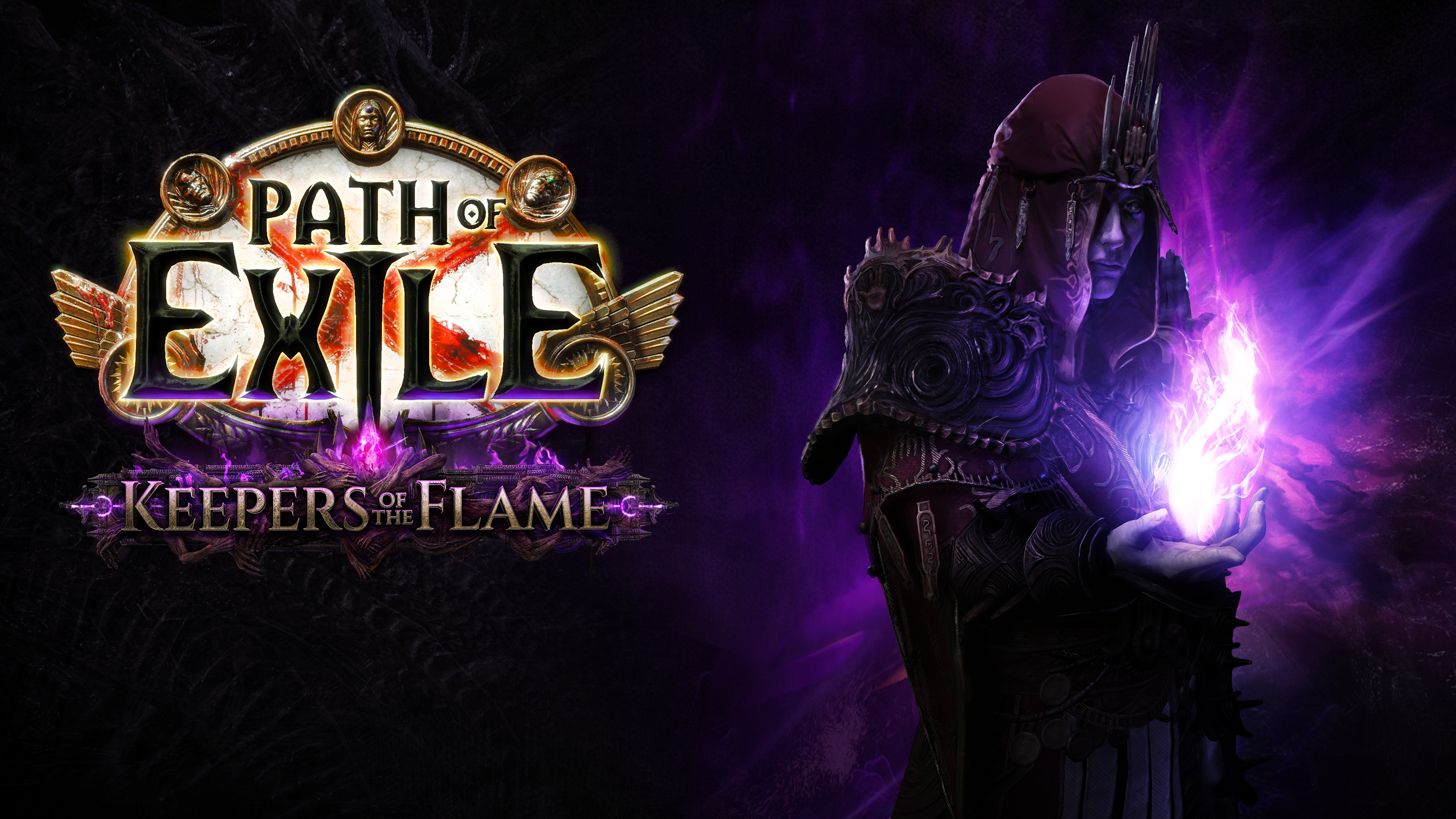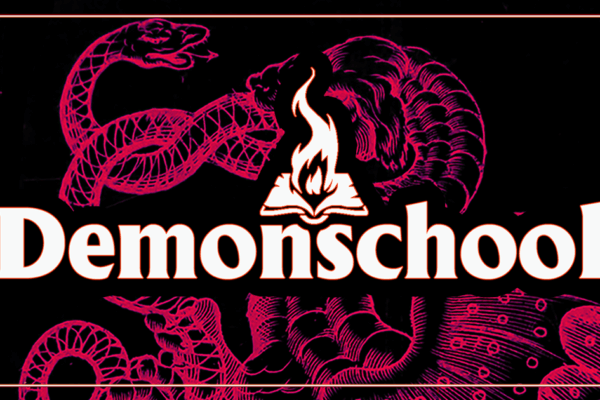It feels like every few years since the Breach league in 2016, Grinding Gear Games has found some way to revisit the purple maelstrom of arms and legs. In Path of Exile 3.27 Keepers of the Flame, however, it’s safe to say this is the biggest revisit yet. For the first time, it takes Breach’s core identity — relentless speed and scale — and gives it a purpose beyond sheer slaughter. It’s a league about control, balance, and the terrifying beauty of power that burns too bright to contain.
It Starts With a Spark
In 3.27 Keepers of the Flame, early in Act 1, you’re introduced to Ailith, the founder of the titular Keepers of the Flame: a monastic order fighting a full-blown Breach invasion spilling into Wraeclast itself. The early setup is pure Path of Exile energy: a desperate stand against unknowable horrors, filtered through religious zeal and cosmic corruption. Ailith entrusts you with a spark of sacred fire, which results in a mechanic that both powers your league encounters and ties you directly to the Keepers’ mission.
What follows feels like Breach finally reaching its full potential. Instead of merely clicking purple rifts until your GPU screams, you’re stabilizing incursions and raiding living hives, each one a sprawling stronghold full of pulsing flesh and imminent danger. These “Breach Hives” are randomized dungeons that turn the old Breach chaos into strategic encounters. You set up choke points, deploy flame tools, and then detonate the entire hive before Ailith’s cleansing fire wipes it from existence. It’s brutal, cinematic, and for once, it feels like your actions matter in the outcome of the invasion.
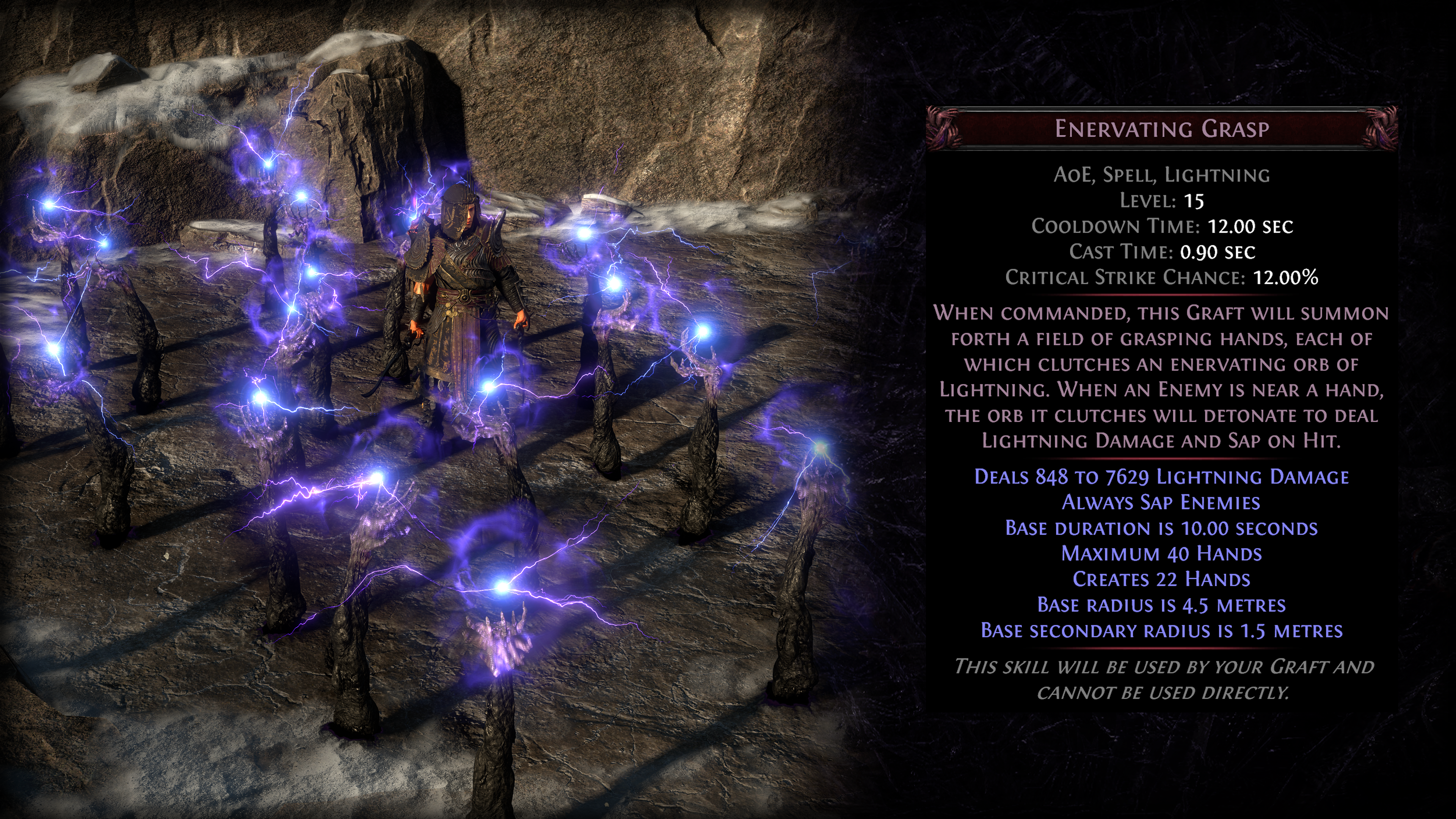
The Genesis Tree and the Art of Bloodcrafting
Once you’ve earned Ailith’s trust, you’re brought into the Monastery, where the Keeper of the Flame’s real magic lies: the Genesis Tree. If that name sounds biblical, it’s for good reason. This biomechanical tree of life (and death) acts as the central crafting system of Keepers of the Flame. You’ll gather a substance called Graftblood from slain Breach monsters, feeding it to the tree to grow rewards, gear, and more grafts, literally cultivating your own progression.
Each branch of the Genesis Tree offers a different kind of growth. Some specialize in item bases, others in currency explosions, and others still in unique item mutations. Instead of spamming orbs and hoping for luck, you’re shaping outcomes with some of the most deterministic-sounding crafting added to Path of Exile yet. You can target attributes, item tags, and even mod families. It’s grotesque, yes, but it’s also a shockingly elegant system that brings always-welcome intentionality to Path of Exile’s crafting loop.
This ties directly into the league’s most striking new feature: Grafts. Think of these as surgically implanted Breach organs that grant you new abilities and passive effects. Each Graft provides unique active or utility powers. One might let you call down a storm on critical hits, another could erupt the ground beneath enemies, while a third generates a Radiant Ground aura that amplifies your lucky hits. You can equip two of them as the league progresses, allowing players to mix-and-match for both power and flavor. It’s one of those systems that feels immediately abusable in the best way, another layer of build complexity for the theorycrafters already planning hybrid monstrosities on day one. Surely this won’t make it into core without some changes, but in the meantime, this should make for an insanely fun league.
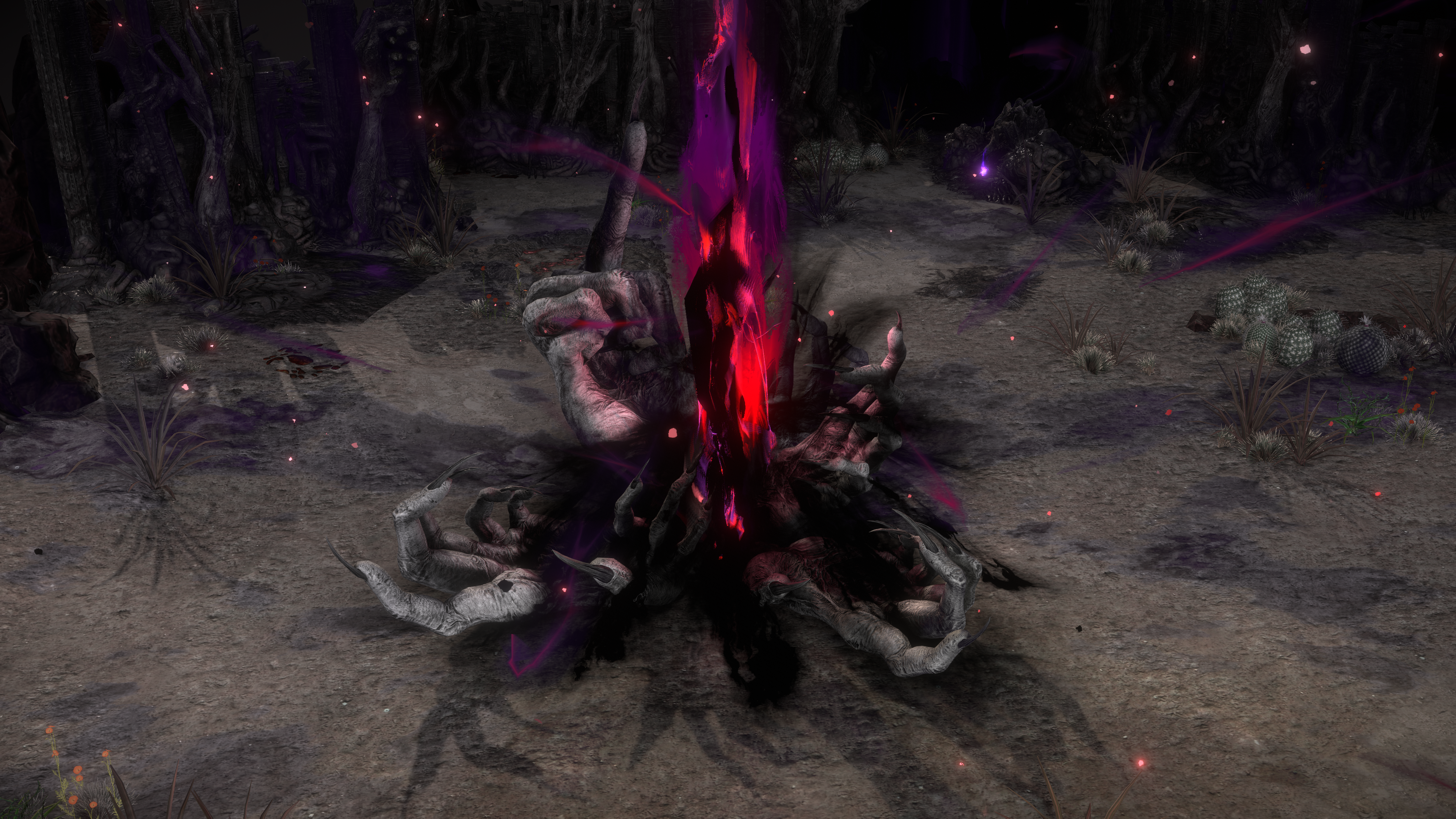
Direction in Breach
Beyond the new systems, what makes Keepers of the Flame shine is how it recontextualizes the Breach identity. Breach has always been about chaos: you pop a portal, everything dies, loot rains from the sky. But in this league, there’s finally a sense of structure and progression. Instead of infinitely expanding rifts, you now have missions with clear objectives. You stabilize zones, fight bosses like Vruun, Marshal of Xesht, and permanently seal off incursions.
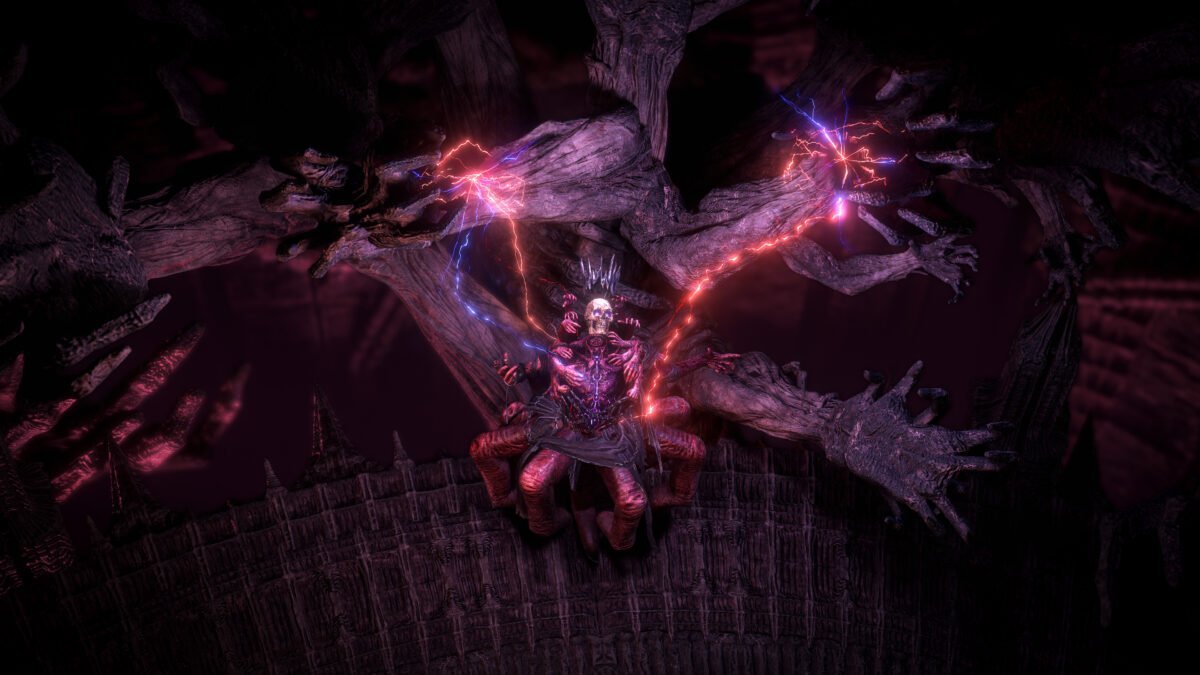
New Skills and Passives
Every league brings new toys, and 3.27 is no exception. Keepers of the Flame introduces a set of wand and bow skills that play beautifully with the league’s emphasis on spatial control. Kinetic Rain lets wand users paint volatile energy across the ground, detonating it in waves of destruction. Wall of Force introduces one of the most fascinating mechanics yet: a reflective wall that lets projectiles ricochet or even bounce back at you, creating wild positional combos. Conflagration fills the screen with chaining fire bolts, while Thunderstorm lets you channel a storm that grows before erupting into a spread of tornadoes.
You may notice that these skills all share a common thread: they reward creative play. They’re not just about DPS checks; they’re about controlling the battlefield, echoing the tactical layer of the new Breach hives. Combined with the graft system, they push PoE’s combat closer to what we’ll likely see in Path of Exile 2: expressive, modular, and highly reactive builds that go beyond just damage scaling.
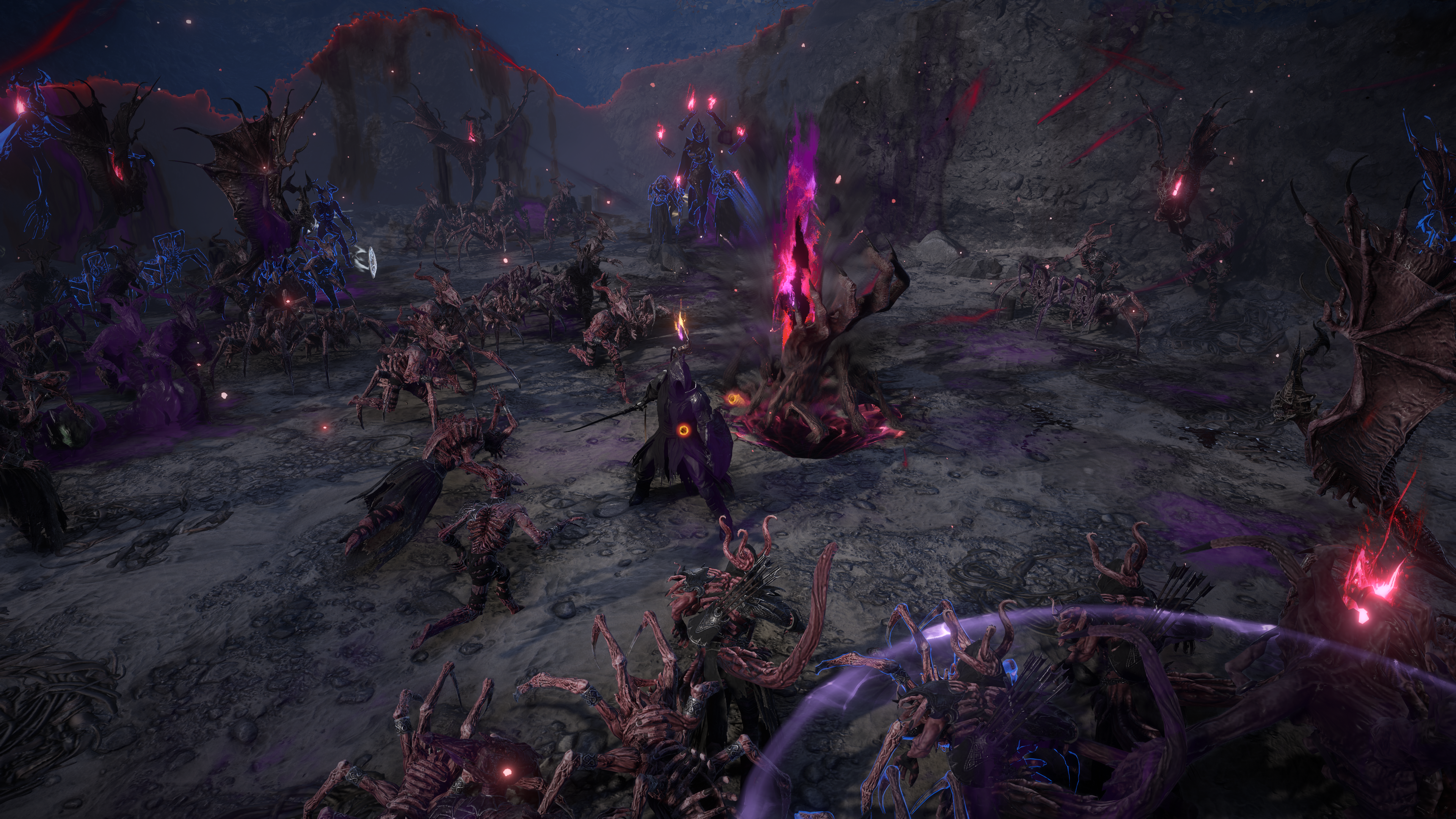
The Bloodline Ascendancies
If there’s one feature that truly stole the show during the reveal, it’s the Bloodline Classes — essentially secondary Ascendancies that layer on top of your main one. These aren’t unlocked through leveling or the Labyrinth, but through defeating special bosses across endgame content. Once earned, you can allocate your existing Ascendancy points between your core class and your chosen Bloodline, creating hybrid identities that were previously impossible.
The examples shown during the reveal were wild: The Trialmaster’s Bloodline augments or transforms Vaal skills into chaos-powered variants. Oshabi’s Bloodline introduces spirit alignments that play with Rage, Elusive, and Unleash mechanics. And then there’s The Nameless, a Bloodline so cursed it lets you wear a third ring at the cost of giving up your amulet, belt, and flask slots. These new options promise some of the most radical build experimentation Path of Exile has ever seen, and it’s hard not to be excited (and terrified) by the possibilities. It’s like Legacy of Phrecia, but with an actual full-fledged league to go with it.
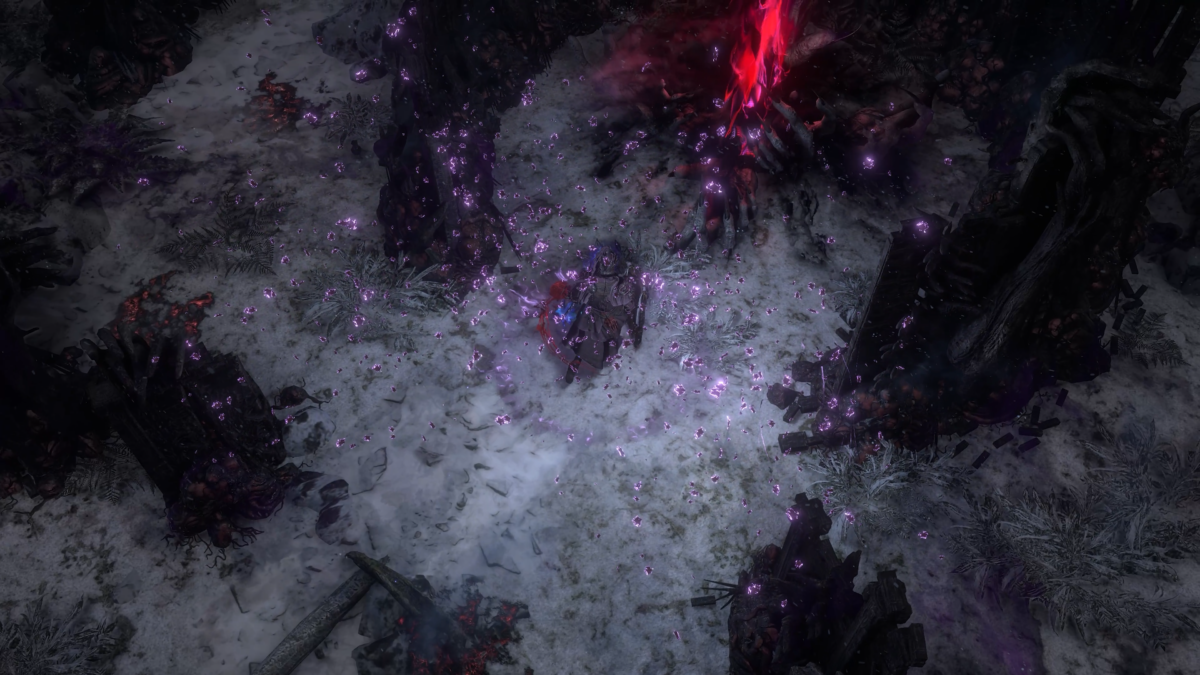
Asynchronous Trading
In a move that’s been years in the making, Keepers of the Flame also brings asynchronous trading to Path of Exile 1, a system that recently also hit Path of Exile 2. You can finally list items, go offline, and let buyers purchase them automatically. This is done through the new Merchant Tabs — premium stash tabs that act as your public storefront, managed through Faustus in Act 6 or the in-game Market. Items can be listed for gold, sold instantly, and picked up by buyers without either player having to be online at the same time. It’s a quality-of-life leap that feels almost too good to be real for anyone who’s spent nights waiting for a seller who never logs back in. According to GGG, players who purchased Merchant Tabs in PoE2 will also get them in PoE1.
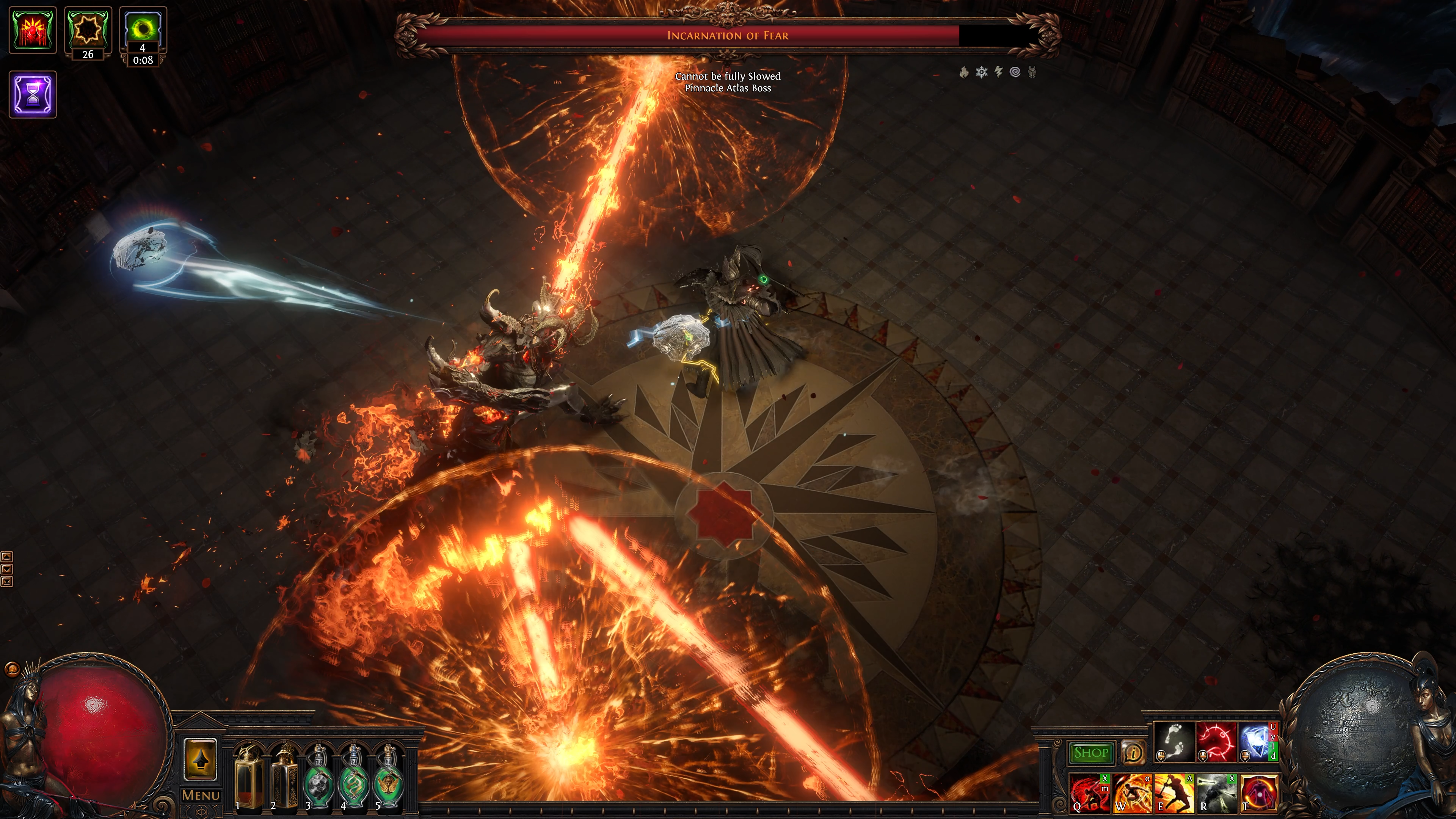
A New Set of Uber Fights
The league also expands the pinnacle boss ecosystem with three new Uber versions of the Incarnation fights. These encounters — Uber Neglect, Uber Fear, and Uber Dread — remix the existing fights with fresh mechanics and higher intensity. The rewards, of course, are worth the pain: new chase uniques like Bitter Instinct, Festering Resentment, and The Hallowed Monarch, each of which looks poised to redefine endgame builds for months to come.
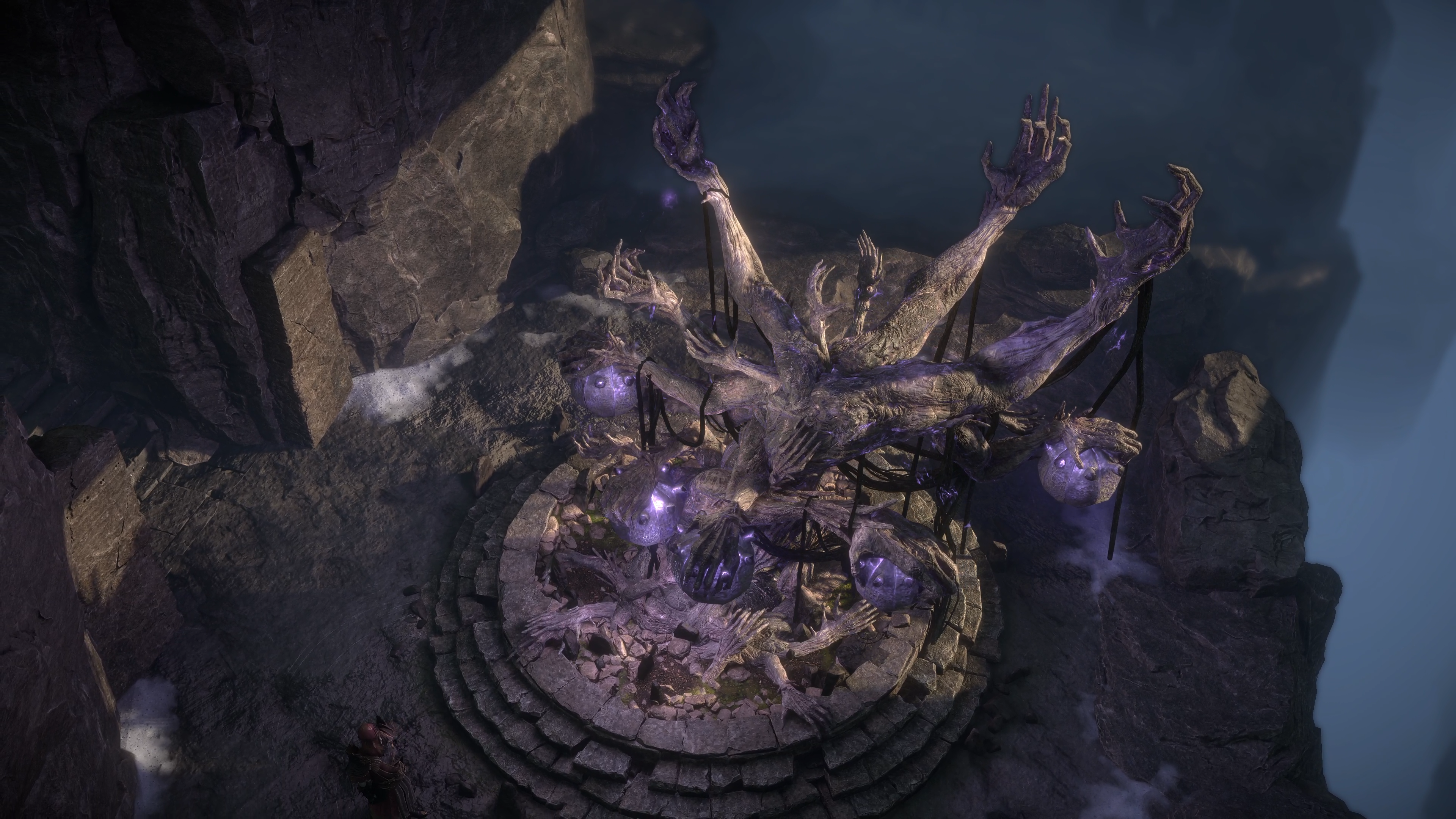
More Quality of Life Improvements
Beyond all the flashy new systems, 3.27 is packed with the kind of small improvements that only long-time players will fully appreciate. Heist rogues now start at max level. Bestiary beasts no longer need to be orb’d to itemize. You can refund your Atlas tree with gold, mass-identify items in town or your hideout, and level multiple gems simultaneously. There’s even a new Alt key function that lets you swap Alterations for Augments mid-roll. A few other things I heard mentioned were that opening Blight Chests opens all other nearby Blight Chests, Heist NPCs start at max level, and more. They’re the kinds of things you didn’t know you needed until you can’t imagine playing without them.
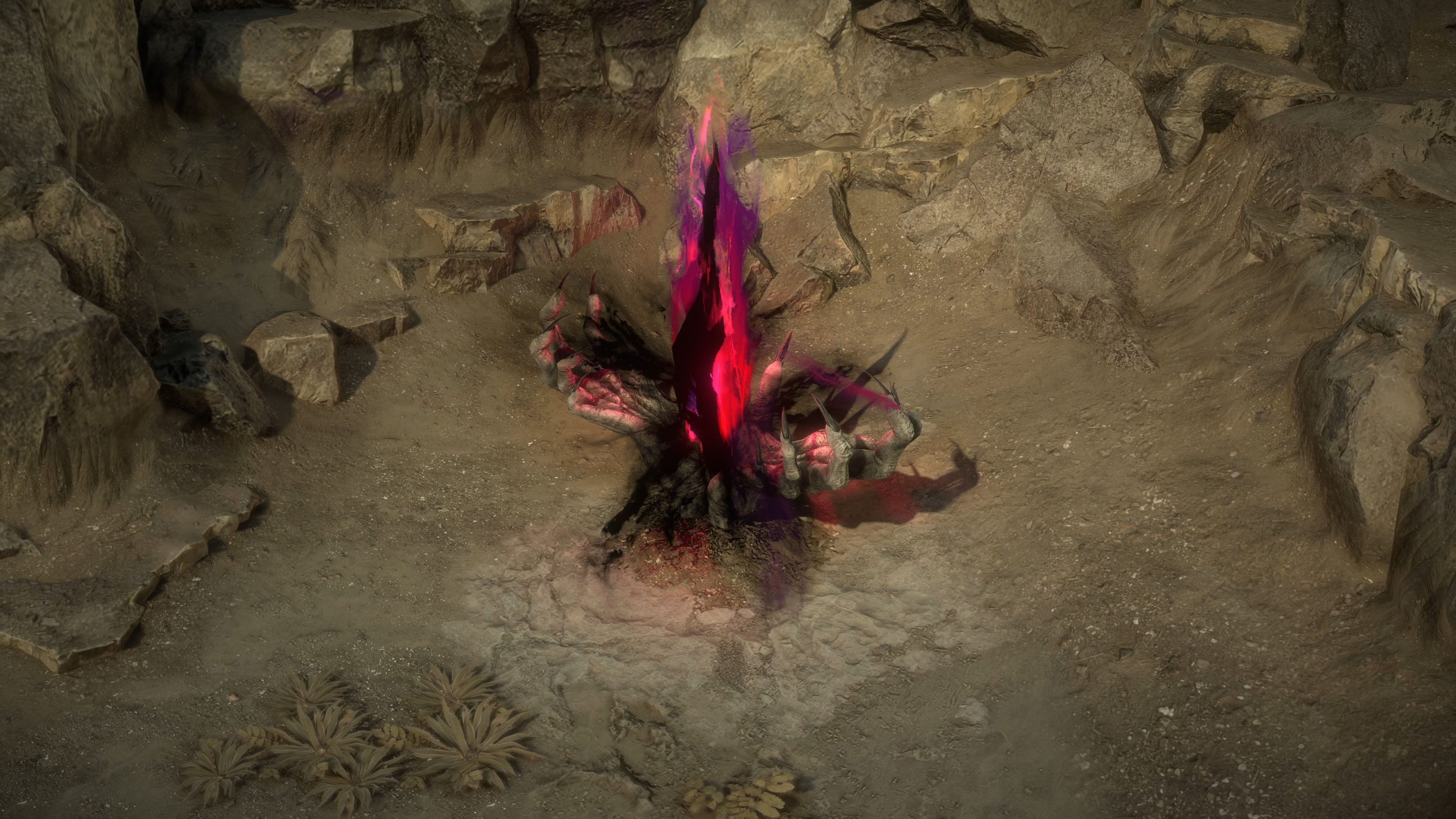
A League with Intention
Compared to recent leagues like Settlers of Kalguur and Mercenaries of Trarthus, Keepers of the Flame feels more cohesive, almost like a culmination of lessons learned. Kalguur gave us agency but leaned too heavily on randomness; Trarthus refined systems but still made us wrestle with outdated trade mechanics. This one finally connects the dots: directed crafting, meaningful progression, and meaningful additions and quality of life changes that will make a lasting impact.
And that, more than any new loot explosion, might be the most exciting part. Keepers of the Flame doesn’t just add more chaos to Path of Exile’s mountain of systems; it builds on it in many ways. It brings intention to a game that’s long thrived on improvisation. It’s poetic, in a way, that the Keepers’ sacred flame isn’t about destruction at all; it’s about control. About wielding the fire, not being consumed by it.
As a longtime exile, that’s a promise worth burning for. See you in Wraeclast on Halloween, exile.
